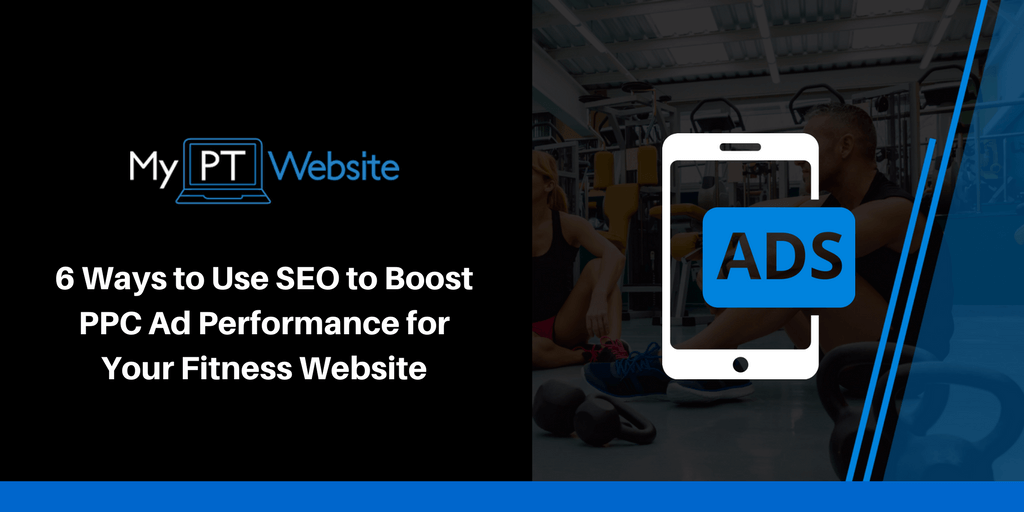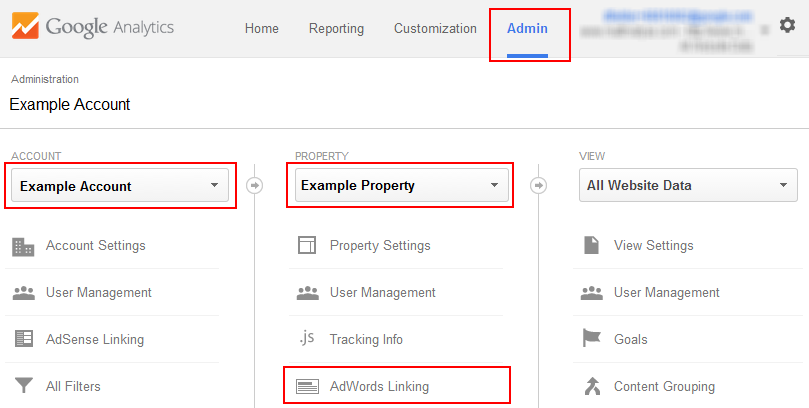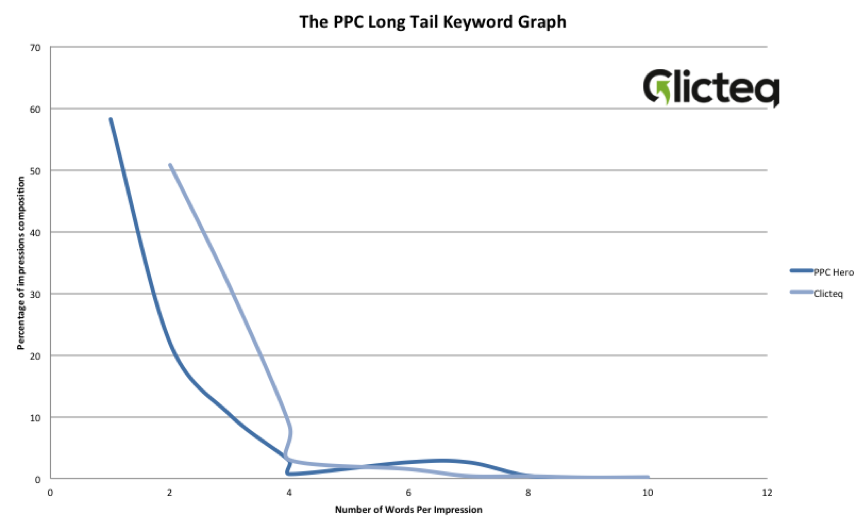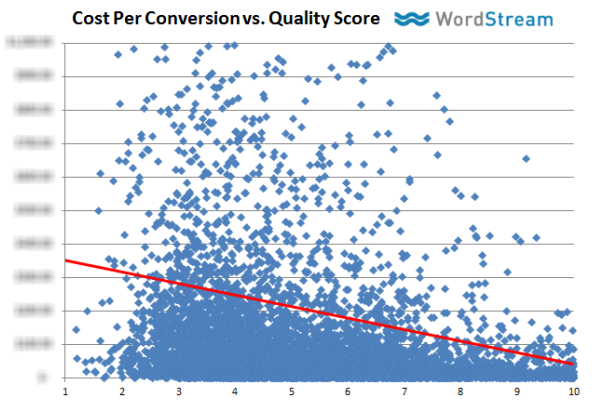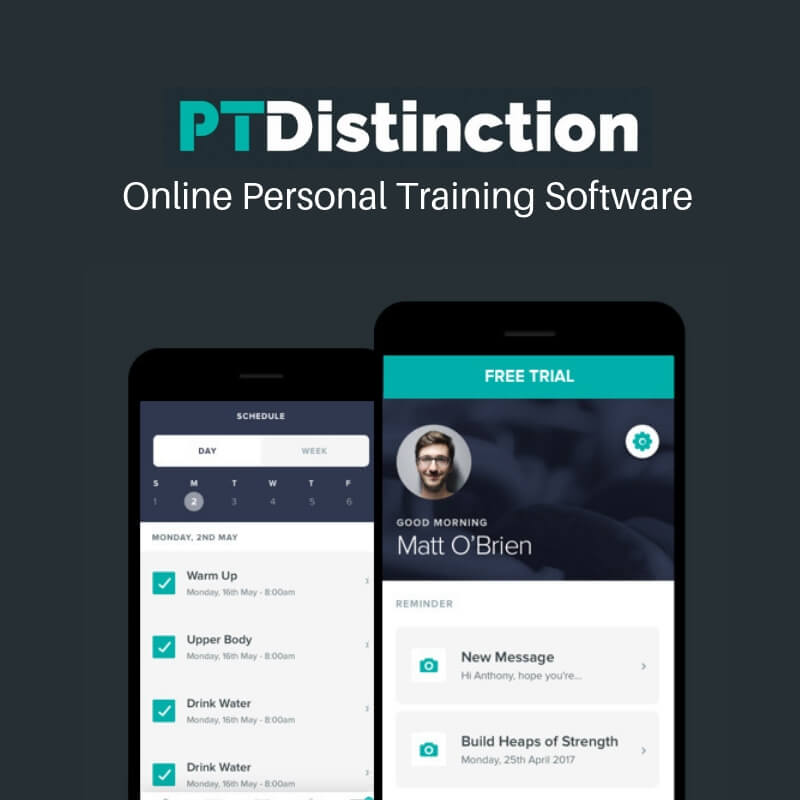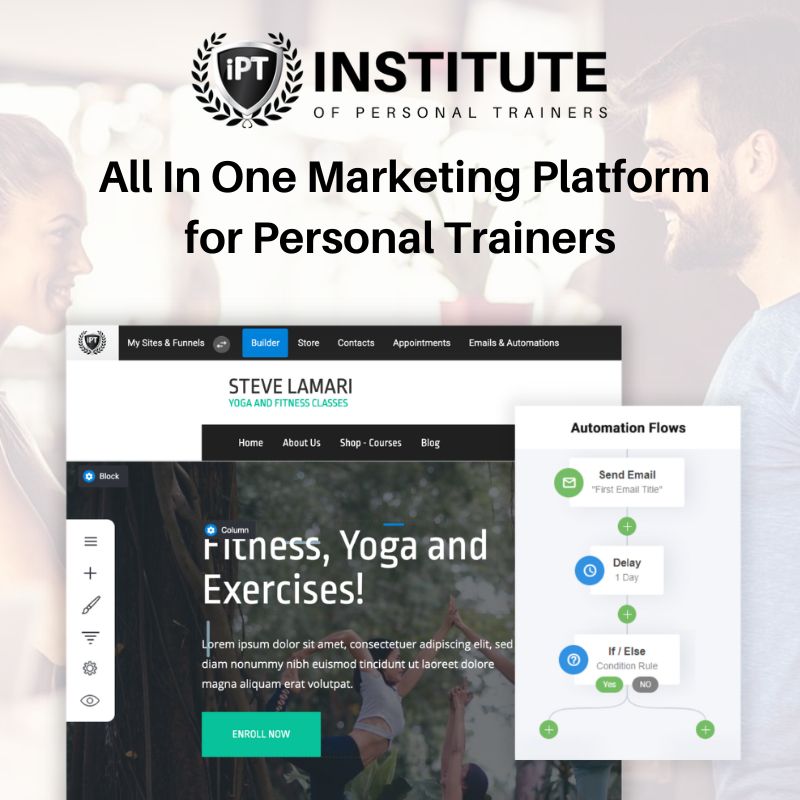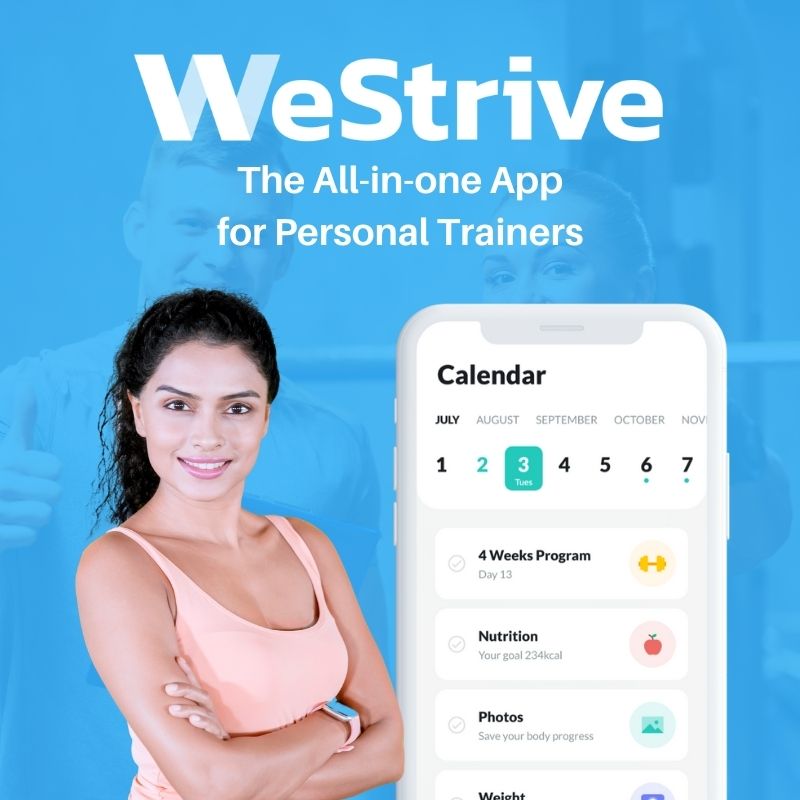Did you know? People who click on Pay Per Click (PPC) are 50% more likey to become lead conversions than organic links. This means a well-drafted PPC ad can significantly increase your website traffic and result in higher conversion rate than that of organic traffic.
A whopping 57% of global marketers believe SEO to be the highest contributor to leads and conversions. Just imagine the impact you’d create if you were to add the magic of SEO to the PPC campaign you’re about to launch.
The way I market My PT Website is mainly based on Search Engine Optimization and SEO is also an important part of the inbound marketing strategy we use with our Managed Website clients to generate organic traffic to their website.
Combining paid ads and SEO can be very effective to drive traffic of highly qualified leads to your website that are already looking for your services and are likely ready to sign-up. Here are 6 ways to boost the performance of your PPC ads with SEO.
1. Link Adwords to Analytics
Most search engines have removed the keyword-level data analysis feature from their analytics tools, making it difficult for website owners and marketers to understand whether they’ve bid on the right keyword or not. Your PPC+SEO campaign can help you eliminate this uncertainty by giving you space to experiment with keywords.
Let’s face it. Your ad will appear on top of a page because you’ve paid for the sponsored link and people searching for your services will know that. However, by creating an SEO strategy around the keywords that are most relevant to your services AND people search for, you can boost your website's organic ranking and result in better exposure.
Let’s face it. Your ad will appear on top of a page because you’ve paid for the sponsored link and people searching for your services will know that. However, by creating an SEO strategy around the keywords that are most relevant to your services AND people search for, you can boost your website's organic ranking and result in better exposure.
Combining PPC with SEO will also allow you to identify the keywords that aren’t organically ranking online; thereby allowing you to take an informed decision about which keywords you need to optimize for greater visibility and higher ranking.
We recommend you play around with keywords and find the right set which work well for your business.
2. Find and Optimize Mid-Tail Keywords
Even though long-tail keywords account for 70% of all web searches still, an overview of research data from PPC Hero and Clicteq shows, that conversion rates are significantly higher when mid-tail keywords (2-4 words) are used.
When creating PPC campaigns, marketers often check how traffic-heavy a particular phrase is and whether it will generate site visits or not.
Implementing your organic SEO strategy at this stage will help you get available mid-tail and niche specific keywords and check which ones organically draw in high traffic. It’ll also help you understand the lingo used by your prospects and the type of phrases you need to use for your PPC ad.
Examples
weight loss diet, fitness for women, personal training in [LOCATION], muscle gain for skinny men, natural bodybuilding coach, fitness for elderly people
weight loss diet, fitness for women, personal training in [LOCATION], muscle gain for skinny men, natural bodybuilding coach, fitness for elderly people
3. Test and Tweak Your Campaigns
PPC ads show instantaneous results in terms of website visits, CTRs (click-through-rate) and conversions. SEO on the other hand, takes time to show results, as search engines need to index the meta data before ranking websites. When combined, this allows you to test which keywords, phrases and advertising elements work well with your prospects and which ones don’t.
If you’re about to release a PPC ad, we advise you to conduct an A/B test. This test allows you to compare two variations of the same ad to see which performs better. First, publish your pre-designed PPC ad and analyze the results. After a few days, change the SEO and check to see if there’s any difference in the number of page visits and conversions.
This will help you in two ways:
The dynamics and proportion of the elements of an ad can affect buyer behaviour differently. Testing visual elements, wording, design and SEO of an advert will help you identify what type of communication your ideal clients prefer. This will give you an idea how to design your future campaigns to meet their needs and improve conversion rates.
If you’re about to release a PPC ad, we advise you to conduct an A/B test. This test allows you to compare two variations of the same ad to see which performs better. First, publish your pre-designed PPC ad and analyze the results. After a few days, change the SEO and check to see if there’s any difference in the number of page visits and conversions.
This will help you in two ways:
- Understand which PPC ad format is preferred by your prospects
- Identify which SEO has the greatest influence on your prospects’ psyche
The dynamics and proportion of the elements of an ad can affect buyer behaviour differently. Testing visual elements, wording, design and SEO of an advert will help you identify what type of communication your ideal clients prefer. This will give you an idea how to design your future campaigns to meet their needs and improve conversion rates.
4. Choose Cost-Effective Keywords
Creating a PPC ad without thinking about SEO can have a negative impact on your marketing budget. Research shows that the most popular keywords on AdWords and Bing Ads cost upwards of $50 per click.
When creating a PPC ad for your personal training business, using popular keywords, without understanding their financial implications can be an extremely expensive mistake.
Instead, we recommend that you tap into your SEO analytics tools and understand which keywords draw traffic, but are also lower in cost. Spyfu is a great tool to do your keyword research and check for competitors.
This will allow you to bid on inexpensive and well-performing keywords for your PPC ad and increase the ROI (Return on Investment).
When creating a PPC ad for your personal training business, using popular keywords, without understanding their financial implications can be an extremely expensive mistake.
Instead, we recommend that you tap into your SEO analytics tools and understand which keywords draw traffic, but are also lower in cost. Spyfu is a great tool to do your keyword research and check for competitors.
This will allow you to bid on inexpensive and well-performing keywords for your PPC ad and increase the ROI (Return on Investment).
5. Optimize Ads for Both Humans and Search Engines
Search engines like Google prefer so-called ‘programmatic descriptions’ for meta data, as opposed to full-sentence explanations.
What does this mean? Search engines often provide frameworks for creating meta descriptions and titles. Website owners just need to fill-in-the-blanks and let the search engine do the rest.
While this seems like a relief, trust me, it’s not necessarily. When you use only these ‘programmatic descriptions’, you make your PPC ads indexable and readable to search engines, but they may not sound appealing or intriguing enough for people.
You can implement more people-friendly SEO into your ad and make it more searchable. Essentially, implementing a good SEO campaign when making PPC ads, will allow you to optimize the ads for both people and search engines. You’ll find the right balance and make your fitness website indexable and searchable.
What does this mean? Search engines often provide frameworks for creating meta descriptions and titles. Website owners just need to fill-in-the-blanks and let the search engine do the rest.
While this seems like a relief, trust me, it’s not necessarily. When you use only these ‘programmatic descriptions’, you make your PPC ads indexable and readable to search engines, but they may not sound appealing or intriguing enough for people.
You can implement more people-friendly SEO into your ad and make it more searchable. Essentially, implementing a good SEO campaign when making PPC ads, will allow you to optimize the ads for both people and search engines. You’ll find the right balance and make your fitness website indexable and searchable.
6. Create a Consistent Scent Trail
The ‘scent trail’ is the visual cues you provide prospects, that give them an idea how the website landing page will appear when they click on your PPC ad. A good way to optimize your PPC ad for your landing page’s title and content is to use the same SEO settings.
As a best practice, you can use the same primary keywords and meta-data in your PPC ad and landing page. This will help you maintain consistency in wording and visuals, thereby improving the user experience for website visitors.
Clubbing SEO with the PPC campaign also helps you automatically improve advertisement quality score and ranking. Research has shown that improving a website’s quality score from 5 o 7 reduces CPCs by 26%.
As a best practice, you can use the same primary keywords and meta-data in your PPC ad and landing page. This will help you maintain consistency in wording and visuals, thereby improving the user experience for website visitors.
Clubbing SEO with the PPC campaign also helps you automatically improve advertisement quality score and ranking. Research has shown that improving a website’s quality score from 5 o 7 reduces CPCs by 26%.
When you use consistent SEO across the site, including optimized articles and content with the right keywords, URLs, back-links and advertisement links; you allow search engines to index all of your pages with ease. When there is consistency across-the-board, you’ll find your website to be more searchable and easy-to-use.

